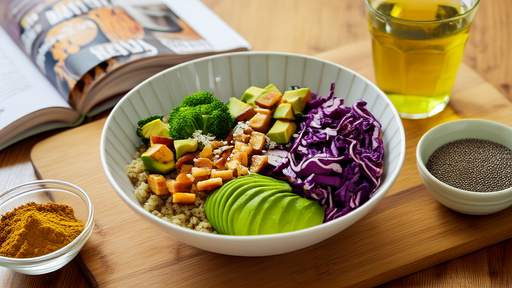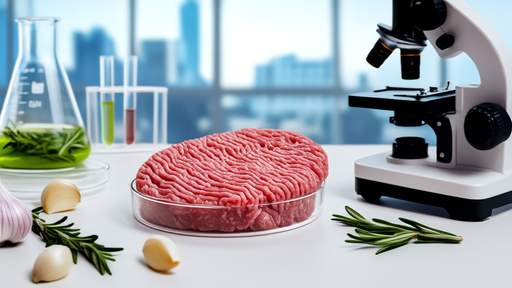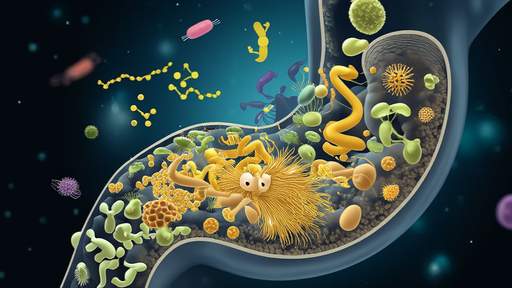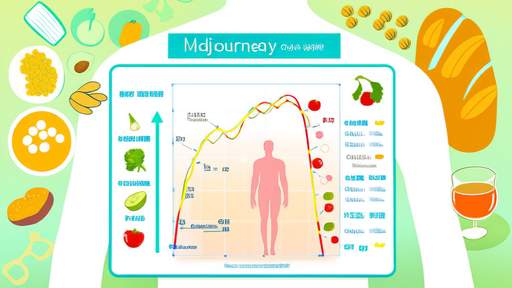The concept of an anti-inflammatory diet has gained significant traction in recent years, touted as a science-backed approach to reducing chronic inflammation and improving overall health. But as its popularity grows, so do the questions: Is this dietary trend rooted in solid scientific evidence, or is it just another wellness fad dressed in pseudoscience? The debate continues to divide nutritionists, researchers, and health enthusiasts alike.
Chronic inflammation is increasingly recognized as a silent contributor to numerous health conditions, from heart disease and diabetes to autoimmune disorders and even cancer. Proponents of the anti-inflammatory diet argue that certain foods can either fuel or extinguish this internal fire. The premise is simple: avoid processed sugars, refined carbs, and unhealthy fats while loading up on fruits, vegetables, nuts, and fatty fish rich in omega-3s. Yet, critics point out that the science isn’t as clear-cut as it seems.
One of the challenges in evaluating the anti-inflammatory diet lies in the complexity of inflammation itself. Unlike acute inflammation—the body’s immediate response to injury or infection—chronic inflammation is subtle, systemic, and often asymptomatic until it manifests as disease. This makes it difficult to measure and attribute directly to dietary choices. While biomarkers like C-reactive protein (CRP) can indicate inflammation, their levels are influenced by a myriad of factors beyond food, including stress, sleep, and genetics.
Despite these complexities, some studies suggest that dietary patterns aligned with anti-inflammatory principles—such as the Mediterranean diet—do correlate with lower inflammation markers and reduced disease risk. For instance, a 2016 study published in the Journal of the American College of Cardiology found that participants adhering to a Mediterranean-style diet exhibited significantly lower CRP levels. Similarly, diets high in processed foods have been linked to elevated inflammation, lending credence to the idea that food choices matter.
However, the term "anti-inflammatory diet" itself is problematic for some experts. Unlike medically prescribed diets for conditions like hypertension or diabetes, there’s no standardized definition of what constitutes an anti-inflammatory diet. This ambiguity leaves room for misinterpretation and commercial exploitation. Superfoods like turmeric and blueberries are often marketed as inflammation fighters, but their effects, while biologically plausible, are rarely dramatic enough to single-handedly combat chronic inflammation.
Another point of contention is the individual variability in how people respond to foods. What reduces inflammation in one person might not have the same effect in another due to differences in gut microbiota, metabolic health, and genetic predispositions. Personalized nutrition, rather than a one-size-fits-all diet, may hold the key to effectively managing inflammation through food. Emerging research in nutrigenomics—the study of how genes interact with diet—supports this idea, though it’s still in its early stages.
The cultural and economic dimensions of the anti-inflammatory trend also warrant scrutiny. As with many wellness movements, the diet has spawned a lucrative industry of supplements, cookbooks, and meal plans. While some products are grounded in research, others capitalize on vague claims, preying on consumers’ health anxieties. This commercialization risks overshadowing the legitimate science and diluting the message that whole, minimally processed foods are inherently beneficial—regardless of whether they’re branded as "anti-inflammatory."
So, where does this leave the average person seeking to improve their health? Most nutrition experts agree that the core principles of the anti-inflammatory diet—emphasizing whole foods, plant-based ingredients, and healthy fats—are sound, even if the label is imprecise. Rather than fixating on specific "anti-inflammatory" superfoods, a balanced, varied diet coupled with lifestyle factors like regular exercise and stress management is likely more impactful. After all, inflammation is just one piece of the complex puzzle that is human health.
In the end, the anti-inflammatory diet sits at the intersection of science and speculation. While it’s not a magic bullet, its emphasis on nutrient-dense foods aligns with broader dietary guidelines for chronic disease prevention. As research evolves, so too will our understanding of how food influences inflammation. For now, it’s a reminder that eating well is less about chasing trends and more about cultivating sustainable habits that nourish the body—and perhaps calm the fires within.

By /Jun 5, 2025

By /Jun 5, 2025

By /Jun 5, 2025

By /Jun 5, 2025

By /Jun 5, 2025

By /Jun 5, 2025

By /Jun 5, 2025

By /Jun 5, 2025

By /Jun 5, 2025

By /Jun 5, 2025

By /Jun 5, 2025

By /Jun 5, 2025

By /Jun 5, 2025

By /Jun 5, 2025

By /Jun 5, 2025

By /Jun 5, 2025

By /Jun 5, 2025

By /Jun 5, 2025

By /Jun 5, 2025

By /Jun 5, 2025